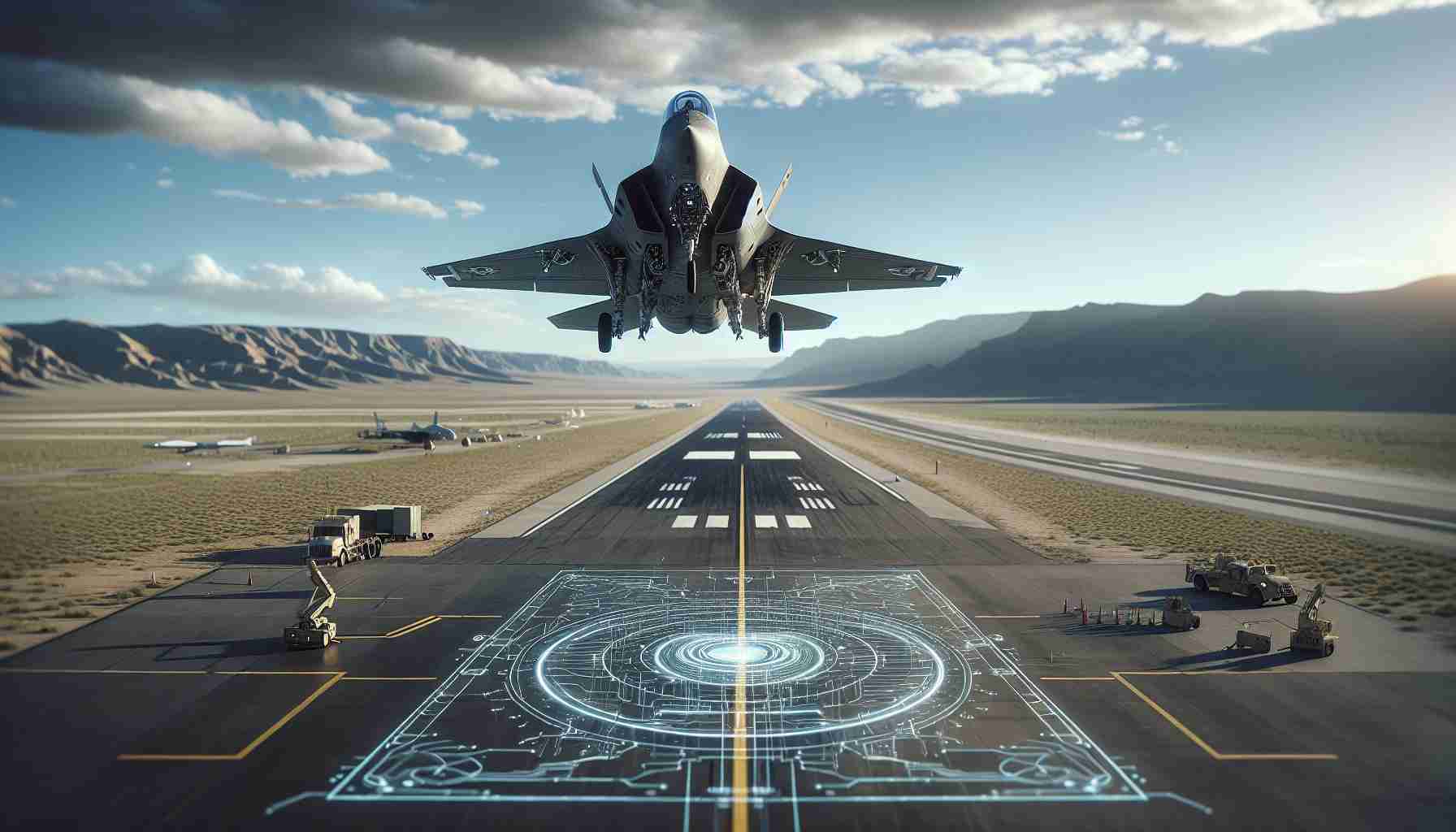The United States Air Force is pioneering the future of unmanned aviation through the integration of artificial intelligence, marking a potential transformative era in military aviation. During a recent experimental flight, journalists from NBC and Associated Press witnessed the prowess of the X-62A VISTA, an AI-driven aircraft fashioned after the F-16 fighter jet.
The one-hour flight demonstration showcased the aircraft’s capabilities in a simulated air combat scenario. The AI was pitched against a seasoned pilot, maneuvering another aircraft, representing a real battle in the skies. Air Force Commander Frank Kendall was present in the X-62A’s cockpit, not as the pilot but as an observer, indicating the control was entirely in the hands of the advanced AI.
Following this exercise, the commander recognized the efficiency and reliability of the AI system, expressing confidence in its ability to command combat aircraft. This assurance aligns with an ambitious goal set by the Air Force to deploy over 1,000 AI-operated fighter jets by 2028.
While this advancement is considered by AP to be one of the most significant technological leaps since the advent of stealth aircraft, it does not come without its concerns. Weaponry experts and human rights advocates have raised alarms over the potential of AI systems to autonomously launch missile strikes without human intervention. However, General Campbell has clarified that all operations of the AI-controlled aircraft will be under stringent command center regulations to prevent any unauthorized attack decisions.
Advancements in AI and Military Aviation
The development of AI-controlled fighter jets augments the current efforts to modernize the air defense capabilities of the United States. AI-driven platforms could eventually lead to a new breed of combat aircraft that can execute complex maneuvers, process vast amounts of sensor data, and respond to dynamic tactical situations faster than human pilots.
Significant Questions and Answers
Q: What is the significance of the X-62A VISTA’s AI capabilities?
A: The AI capabilities allow the X-62A VISTA to operate with minimal human input during flight, handle complex scenarios, and support the decision-making process in combat, potentially increasing mission effectiveness and reducing pilot workload.
Q: How does the US Air Force plan to employ AI-driven aircraft?
A: The Air Force aims to integrate AI as operational assistants to human pilots and potentially as autonomous units in combat scenarios. The goal is to enhance strategic capabilities and maintain technological superiority.
Key Challenges and Controversies
A significant concern is the ethical and legal implication of using AI in combat situations, particularly the decision-making regarding the use of lethal force. There’s also the technical challenge of ensuring that these systems are reliable and secure against cyber threats and operational failures.
Advantages and Disadvantages
Advantages:
– Enhanced mission capabilities and rapid response times.
– Reduced risk to human pilots in combat.
– Increased operational efficiency and potential cost savings in the long run.
Disadvantages:
– Ethical dilemmas regarding machine decision-making in lethal scenarios.
– Risk of malfunctions or hacking, which could result in unintended consequences.
– Potential escalation of an arms race with other countries developing similar technologies.
Related Links
For more information on advancements in military technology and artificial intelligence applications, the following links to main domains could provide additional insights:
– Air Force – Official United States Air Force website.
– Department of Defense – Official United States Department of Defense portal.
The integration of AI into fighter jets symbolizes a profound change in the conduct of air warfare, bringing powerful capabilities but also significant responsibilities. As the technology and its applications evolve, the debate around its use will likely grow more intense, mirroring the complexity and ambiguity of the future of autonomous warfare itself.

